Best Dog Food For Tear Stains: According to Vets (Reviews & Picks)
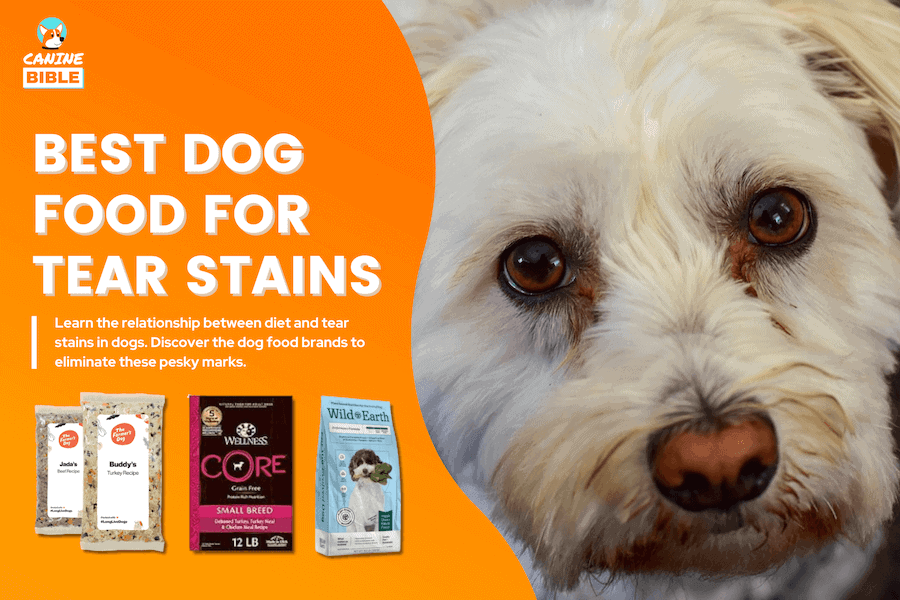
Canine Bible is reader-supported. We receive affiliate commissions via some of our links. This doesn’t affect rankings. Learn more.
This is the most comprehensive guide to finding the best dog food for tear stains. If your dog has tear stains and you have tried everything to treat them with no luck, their diet may be the culprit. Did you know fillers and preservatives in kibble cause chemical waste buildup in dog eyes, ultimately leading to excessive tearing and tear stains? This is just one of many dietary and underlying health reasons these pesky marks appear.
In this review, our research team recommends ten of the best dog foods to prevent tear stains, each thoroughly reviewed. We have you covered if you seek a breed-specific solution, like the best food for Maltese to prevent tear stains. We’ve listed the best dog foods to get rid of tear stains, catering to different dog needs.
We’ve also included a buyer’s guide covering dog nutrition’s importance and impact on tear stains, foods that cause tear stains, diet prevention tips, risks and everything in between. Read it before you select one of the best dog foods that won’t cause tear stains. Let’s dive right in!
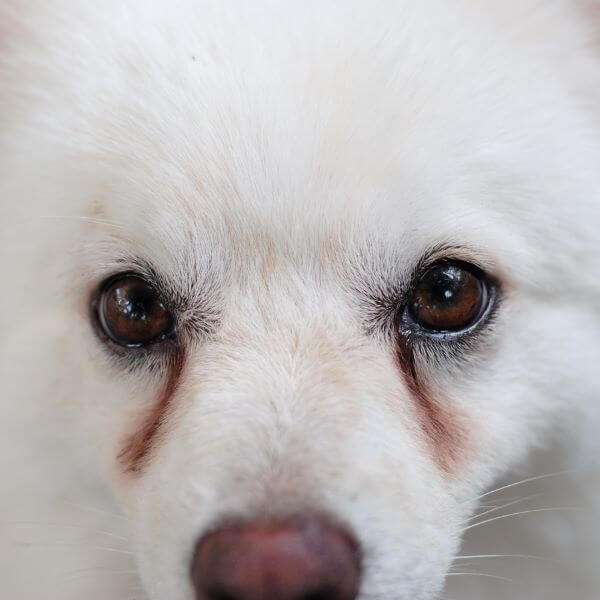
Best Dog Food For Tear Stains — At A Glance
The Research
Jump to: Full Reviews | Additional Info
brands recommended
Our writers, editors, and in-house veterinarians spend hours analyzing and reviewing products and services to help you find what’s best for you. Read the product review methodology and editorial mission to find out how we test, analyze, and rate.
What Are Dog Tear Stains?
Tear stains are dark brown or reddish marks that can appear beneath a dog’s eyes, around their muzzles, between their toes, or in other places on the body. However, it most commonly manifests under the eyes. Sometimes, a discharge may accompany this condition. Tear stains can affect any dog, but they are typically more visible on dogs with white or lightly-colored fur, like the Maltese. It may not be noticeable in dogs with darker fur colors.
What Causes Tear Stain In Dogs?
Tear stains are caused by a pigmented molecule that a dog’s body excretes as waste. This waste product, known as porphyrins, results from the breakdown of red blood cells.[1]
Porphyrins, which contain iron, are responsible for the reddish-brown color of tear stains. The iron in porphyrins carries oxygenated blood, explaining the reddish color of the tear stains.
Porphyrin is usually excreted through the digestive system, but it may also be expelled via urine, saliva, and tears when there is a buildup of porphyrin in the dog’s system. Internal or external factors can cause a buildup of porphyrins and drive the over-stimulation of excessive tear production, also known as Epiphora.[2]
Tear stains develop when dogs’ tears accumulate under the eyes, creating the perfect environment for bacteria or yeast to grow. Additionally, the overproduction of tears can cause the chemical waste (porphyrins) in their tears to soak into their fur, leading to tear stains. Constant watery discharge and moisture in the eyes or other body parts can contribute to this condition.
According to Mercola Healthy Pets, the most common medical causes of tear staining in dogs include but are not limited to:
Beware, tear stains will intensify/darken in the presence of sunlight.
Dogs can also experience tear stains due to food sensitivities, genetic predispositions and exposure to irritants like dust. If you notice tear staining in your dog, take him to a veterinary ophthalmologist to rule out any health concerns. Tear stains in dogs are usually harmless but may indicate a serious underlying health problem. Eye infections, such as glaucoma, conjunctivitis, ingrown eyelashes, and entropion, can all lead to tear staining.
Top Dog Breeds Prone to Tear Stains
Tear stains are more common in certain dog breeds, typically small ones with long facial hair and white dogs.
Breeds prone to congenital tear duct abnormalities are also at higher risk of tear stains. Brachycephalic (short-nosed and flat-faced) dogs can also be prone to tear stains. Brachycephalic dogs don’t have a normal tear drainage function due to their cranial structure. “The shape of the head and the way the eyes fit into the socket will affect whether a dog is prone to tear stains,” says Dr. Jerry Klein, Illinois resident and AKC Chief Veterinary Officer.[3]
Common breeds that are more prone to tear stains include:
Dog Food & The Connection With Tear Stains
Porphyrins are substances that can cause tear stains in dogs. They’re waste products from the breakdown of red blood cells and are usually excreted from the body through the liver (bile, intestinal tract and poop). However, a poor diet or fasting can lead to a buildup of porphyrins, as the Mayo Clinic notes.[4]
When your dog eats a bad diet, especially with too much of certain nutrients like iron, it can overwork the liver, trying to get rid of these toxins. This overworking can lead to porphyrin buildup. In dogs, when porphyrin is produced in excess amounts, it gets removed through tears, saliva, and urine, which can cause noticeable tear stains.
What Is The Best Dog Food to Prevent Tear Stains?
The best dog food to prevent stains consists of a balanced, species-appropriate diet along with fresh, filtered drinking water. This approach prevents your dog from consuming excess iron (porphyrins) or impurities that could contribute to tear staining. Many dog food brands only meet the minimum nutrient requirements set by the AAFCO, but it’s beneficial to choose a dog food that surpasses these standards.
The best dog food to prevent tear stains should enhance your dog’s overall health, digestion, and ability to filter out toxins. You want your dog to eat as cleanly and healthily as possible to avoid overburdening the liver. Creating a toxin-free environment in your dog’s digestive system may eliminate or reduce tear stains. According to the American Kennel Club, a high-quality, grain-free diet is the best preventative against these persistent stains in dogs. It’s also wise to avoid tap water, which is high in mineral content, including iron and other impurities like chlorine and fluoride, which are toxic to dogs. Consider using a dog water dispenser with a filter to remove chlorine, sediments, and odor from your pet’s drinking water as an additional measure to remove tear-stain.
Since tear stains are often linked to excess toxins from hard-to-digest diets and highly processed kibble, feeding your dog a fresh diet can help. This diet minimizes the indigestible ingredients your dog needs to detoxify, potentially reducing tear stains.
Be mindful when feeding animal proteins to your dog. Chicken, beef, or any meat are among the most common allergens in dogs. Food allergies can cause eye discharge in dogs, increasing the risk of those pesky dark marks.mV-Dog, a vegan dog food company, reports that dogs have become tear-stain-free on a vegan diet.[5] Similarly, customers say Wild Earth (our top vegan dog food formula) has helped dogs with brown stains under their eyes.
Here are two testimonials on how a vegan diet helped dogs with tear stains.
The Reviews
Jump to: The Research | Additional Info
Best Dog Food For Tear Stains
Now that you understand the relationship between dog food and tear stains, let’s discuss the best dog foods to prevent tear staining in dogs. We based our rankings on several factors, including quality of ingredients, customer reviews, pricing, and more.
Here is a list of dog food that won’t cause tear stains.
Best Overall Dog Food For Tear Stains
Flavors: Turkey, beef, pork & chicken
Life stage: For all ages
Nutrition: AAFCO
Ingredients: Human-grade, USDA sourced
Manufactured: USA

Key Features
Best Dry Dog Food For Tear Stains
Flavors: Chicken
Life stage: Adult
Nutrition: AAFCO
Ingredients: Human-grade
Manufactured: USA
Best Dog Food For Small Dogs With Tear Stains
Flavors: Turkey & chicken
Life stage: Adult small breeds
Nutrition: AAFCO
Ingredients: Natural & non-GMO
Manufactured: USA
Best Grain-Free Kibble For Tear Stains
Flavors: Texas beef
Life stage: For all ages
Nutrition: AAFCO
Ingredients: Locally sourced & USDA certified meats
Manufactured: USA
Best Affordable Dog Food For Tear Stains
Flavors: Turkey & potato
Life stage: Adult dogs
Nutrition: AAFCO
Ingredients: Limited
Manufactured: USA
Best Vegan Dog Food For Tear Stains
Flavors: Umami (meaty, savory)
Life stage: For all ages
Nutrition: AAFCO
Ingredients: Cruelty-free
Manufactured: USA
Best Puppy Food For Tear Stains
Flavors: Duck
Life stage: For all ages
Nutrition: AAFCO
Ingredients: Limited
Manufactured: USA
Best Tear Stain Food For Dogs With Sensitivities & Allergies
Flavors: Turkey enhanced with pork flavor
Life stage: Adult dogs
Nutrition: AAFCO
Ingredients: Limited
Manufactured: USA
Best Wet Dog Food For Tear Stains
Flavors: Turkey
Life stage: Adult dogs
Nutrition: AAFCO
Ingredients: Limited
Manufactured: USA
Best Dog Food For White Dogs
Flavors: 1 flavor
Life stage: Adult dogs
Nutrition: AAFCO
Ingredients: High quality
Manufactured: USA
Regarding dog food for white dogs and Maltese specifically, Royal Canin’s Maltese food stands out from the crowd. This food is formulated to maintain the beautiful white, silky coats of the Bichon Maltese and other white-coated dogs.
But can Royal Canin help with tear stains?
We noticed some of the ingredients in this formula include brewers rice, corn, chicken by-product meal, chicken fat, and wheat gluten. These ingredients are not necessarily bad for dogs, but they are certainly not nutritious, either. While some dogs may respond great to this formula, other pups with more sensitive tummies may react adversely, resulting in more tear stains.
As discussed previously, white dogs are more susceptible to developing noticeable tear stains under their eyes or other body parts—some breed more than others. If you are looking for dog food for your Maltese or white dog, our top picks, The Farmer’s Dog or The Honest Kitchen, are better and safer alternatives. Like Royal Canin’s, their recipes contain omega-3 and omega-6 fatty acids to promote a healthy white coat, which is particularly important for the skin.
Additional Information
Jump to: The Research | Full Reviews
Red Tear Stains vs. brown Tear Stains
What’s the difference between red vs. brown tear stains?
Tearstains that have a reddish or rusted-colored appearance result from porphyrins. This reddish coloration occurs when iron-containing waste products are exerted from the dog’s body. If the stains are more of a brown color, it may indicate your pup has developed a yeast infection on the face. Yeast infections smell, so give it a quick sniff. If you sense an unpleasant odor, think yeast. Brown stains happen due to the constant moisture in your dog’s eyes.
It’s essential you know this! You want to treat the right stain with the right products. Sometimes, both can be present. Always consult with your vet!
What Foods Cause Tear Stains In Dogs?
What ingredients can cause tear stains in dogs?
According to the AKC, cheap fillers found in inferior-quality foods such as corn, wheat, and meat meals can cause allergic reactions, resulting in excess tearing, leading to tear stains. Generally, cheap dog food doesn’t ensure long-term good health and is more likely to produce tear stains than high-quality options because cheap kibble usually contains excess chemicals, cheap fillers, artificial flavors/colors, and preservatives in their food,
Chemicals and allergens typically cause food-related tear stains in dogs in your dog’s food. We recommend performing an at-home dog food allergy test to avoid giving Fido food that could trigger allergies. This test should help you discover the ingredients your pup is allergic to and give you the insight you need to create an allergy-free nutritional plan. Any allergic reaction could lead to tear stains, says the AKC.
Here is a list of ingredients in dog food to avoid tear stains.
Sources: Pet Safe & Homes Alive
Can Dog Food Cause Tear Stains?
Yes. Feeding your dog a diet high in fillers, preservatives, artificial flavors, additives, and ingredients that may trigger allergies may cause food-related tear stains in dogs. Remember, a bad diet contributes to the buildup of porphyrins (the chemical responsible for the stains). The more stress you put on your dog’s digestive system/liver, the more chances your pup will secret porphyrins through their eyes and turn into those pesky stains.
Cheap commercial dog food contains harmful ingredients, such as meat by-products, leading to systemic overload that can worsen tear stains. Avoid high sugar content, low-grade ingredients, canned foods, synthetic vitamins, and things of that nature at all costs.
Best Dog Food To Prevent Tear Stains
The best dog food to prevent tear stains should have the following characteristics.
Switching your pup to a premium, balanced, whole-food, grain-free diet rich in real meat protein is advised. Our top picks for the best dog food for tear staining are excellent places to start. Using a dog probiotic or adding one to your dog’s daily meals has yielded positive results. Probiotics promote friendly bacteria in a dog’s gut microbiome and assist his gastrointestinal tract function.
Remember to gradually transition your dog into his new food to avoid digestive upset or tummy trouble. Mix your dog’s current food with his new food. Over seven days, gradually decrease the amount of the old food while increasing the amount of new food. Contact your veterinarian for professional advice.
Dog Treats For Tear Stains
You’ve secured the right food to prevent tear stains, but it won’t be effective if you continue giving your pup unhealthy treats.
Several options exist, but our favorite all-natural treat is Full Moon’s Kitchen-Crafted Natural Dog Treats. They are made using human-grade limited ingredients that meet strict USDA standards for human consumption. These tasty treats are free of grains, glycerin, or artificial preservatives and flavors.
A more practical option is to get tear-stain-specific treats. Treats like PetPost’s Tear Stain Remover Soft Chews or NaturVet Tear Stain Soft Chews have the necessary ingredients to combat the root of tear stains effectively and provide additional immune support to prevent them from returning. They are packed with the highest quality extracts from Eyebright Herb, Lutein, Oregon Grape Root, Marshmallow Root, and Cranberry. It’s advised only to feed your pet until the stains resolve, then switch to a more natural option.
Other Ways to Treat Tear Stains In Dogs Safely
We have covered how a proper diet can help with tear stains in dogs, but other alternatives and natural options might mitigate your dog’s tear stains. Stain removal is another chapter (and we will cover it in another post), but here is a quick list of some of the most popular products people report to have worked.
At-Home Remedies For Dog Tear Stains
These ingredients, foods, and over-the-counter medicines work well to eliminate tear stains naturally.
Frequently Asked Questions
Here are some of the most commonly asked questions about dog food for tear stains.
Does Chicken Cause Tear Stains In Dogs?
Chicken is among the most common allergens in dogs. Excessive eye discharge can result from food allergies, which compromise the immune system and cause uncomfortable symptoms, including tear stains. If your dog is allergic to chicken, it could develop tear stains.
What Is The Best Dog Food For Maltese Tear Stains?
Maltese dogs are among those most commonly affected by tear stains. Look for recipes with whole meats and produce in their recipes that never include any “meal” or meat by-products or highly processed ingredients. The best food for Maltese is fresh and low in toxins. The Farmer’s Dog, Nature’s Logic, and Wellness CORE for small dog breeds are excellent choices.
What Is The Best Food For Maltipoo Tear Stains?
Maltipoos with tear stains can benefit from clean, fresh formulas that avoid highly processed ingredients. The Farmer’s Dog and Nature’s Logic are excellent choices. Wellness CORE for small dog breeds is a great option as well.
Does Royal Canin Cause Tear Stains?
It’s not certain Royal Canin Bichon Frise Adult dry dog food causes tear stains. However, we noticed some of the ingredients in this formula include four questionable ingredients (brewer rice, corn, chicken by-product meal, chicken fat, and wheat gluten). While not necessarily bad for dogs, these ingredients are not beneficial either.
Best Dog Food For Tear Stains — Conclusion
Unfortunately, there isn’t just one solution to getting rid of this condition. Each dog will respond differently, so it often takes experimenting, patience, and finding a product that works. Above all, we think having that precious little white face smiling at you again is worth the effort! Plus, taking care of anything that could jeopardize your pup’s health is crucial.
Like It? Subscribe & Share!
Sources
Canine Bible uses only high-quality sources, including peer-reviewed studies, to support the facts within our articles. Read our editorial process and product review methodology to learn more about how we fact-check, test products, and keep our content accurate, reliable, and trustworthy.
- ScienceDirect Topics. (n.d.). Porphyrin.
- Healthy Pets Mercola
- Koehler, R. (2023, April 11). Dog Tear Stains: Causes, Treatment, and Prevention. PetMD.
- Mayo Clinic. (n.d.). Porphyria – Symptoms and causes.
- V-Dog
Canine Bible authorship represents the unified voice of our entire editorial team and our in-house veterinarians rather than a single author. Each article, blog post, and review published under the Canine Bible name undergoes a rigorous review process, involving all team members to guarantee accuracy and up-to-date in accordance with the latest veterinarian research. This collaborative effort is an integral part of our editorial process and aligns with our four pillars of content creation. This approach ensures our content is backed by expert knowledge and factual information, offering our readers reliable, actionable, and trustworthy content.

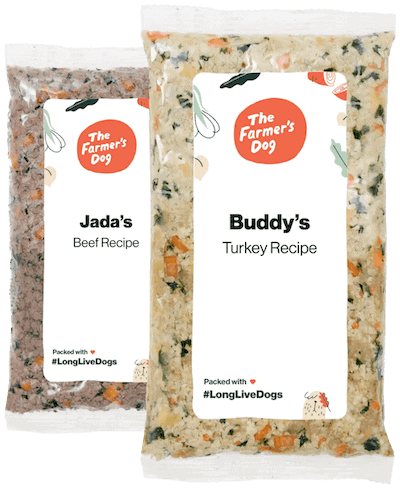
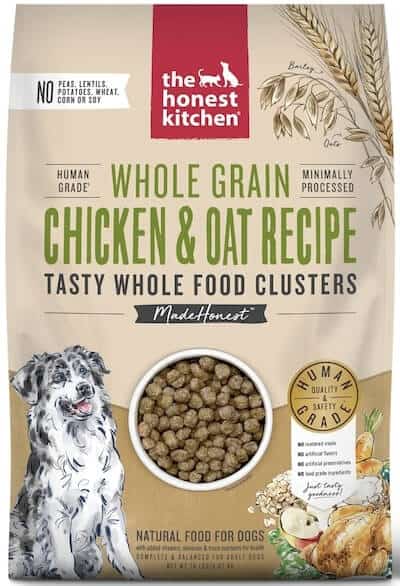



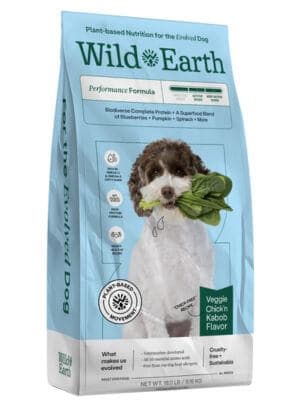







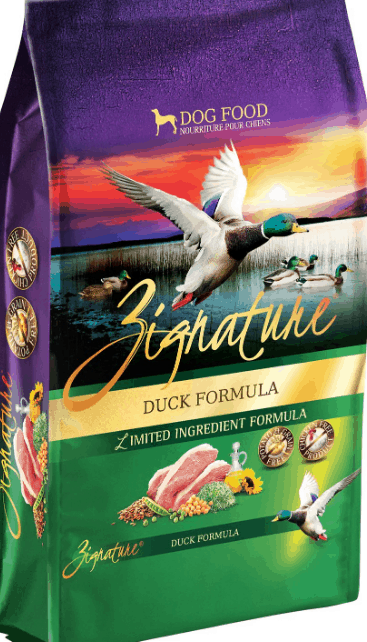




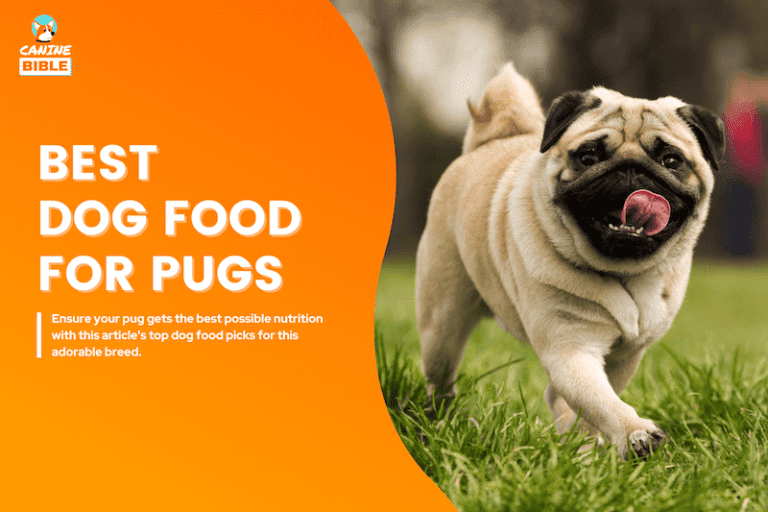
![Best Dog Food For Yorkshire Terriers: Yorkie Expert Picked [2024]](https://www.caninebible.com/wp-content/uploads/2023/03/best-dog-food-for-Yorkshire-Terriers-768x512.png)
![Best Dog Food For Aussiedoodles: Expert Guide 2024 [Review]](https://www.caninebible.com/wp-content/uploads/2023/07/Best-dog-food-for-Aussiedoodles-768x512.png)
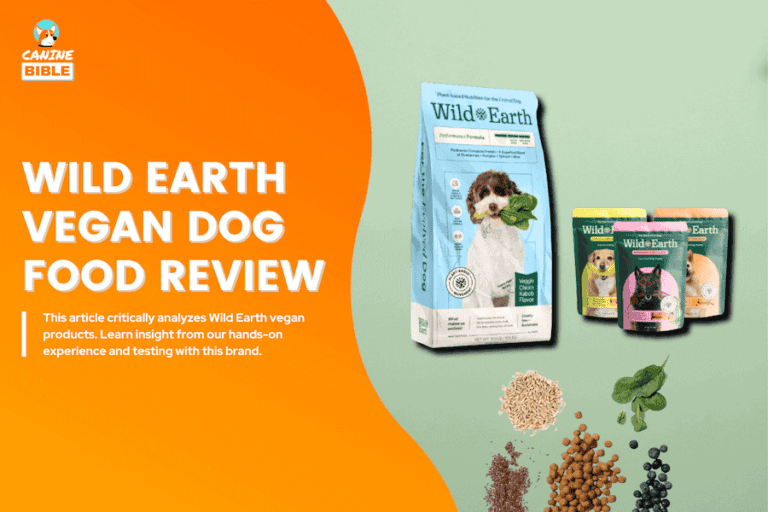
![Best Dog Food For Australian Shepherds —According To Experts [2024]](https://www.caninebible.com/wp-content/uploads/2023/03/best-dog-food-for-australian-shepherds-1-768x512.png)
